Meet the most popular characters in Russian/Slavic mythology. The materials are taken from Wikipedia.
Baba-Yaga/Баба-Яга
(a drawing by Viktor Vasnetsov)
(as envisaged by Bilibin)
(Vasilisa the Beautiful at the hut of Baba-Yaga, by Bilibin)
Koschei the Immortal or Koschei the Deathless/Кощей БессмертныйBaba Yaga (also: Baba Jaga) is a witch-like character in Slavic folklore. She flies around on a giant mortar or broomstick, kidnaps (and presumably eats) small children, and lives in a house which stands on chicken legs. In most Slavic folk tales she is portrayed as an antagonist; however, some characters in other mythological folk stories have been known to seek her out for her wisdom, and she has been known on occasion to offer guidance to lost souls, although this is seen as rare.
(by Vasnetsov)
Vodyanoy/ВодянойIn Russian folklore, Koschei is an evil person of ugly senile appearance, menacing principally young women. The spelling in Russian and other Slavic languages suggests that his name may be derived from the word "kost'" - bone, thus suggesting a skeleton-like appearance.
Koschei cannot be killed by conventional means targeting his body. His soul is hidden separate from his body inside a needle, which is in an egg, which is in a duck, which is in a hare, which is in an iron chest (sometimes the chest is crystal and/or gold), which is buried under a green oak tree, which is on the island of Buyan, in the ocean. As long as his soul is safe, he cannot die. If the chest is dug up and opened, the hare will bolt away. If it is killed, the duck will emerge and try to fly off. Anyone possessing the egg has Koschei in their power. He begins to weaken, becomes sick and immediately loses the use of his magic. If the egg is tossed about, he likewise is flung around against his will. If the egg or needle is broken (in some tales this must be done by specifically breaking it against Koschei's forehead), Koschei will die.
(from the "Flying Ship/Летучий корабль" cartoon)
from http://img1.liveinternet.ru/images/a...7_vodyanoy.gif
from http://myfhology.narod.ru/monsters/vodyanik.jpg
Rusalka/РусалкаIn Slavic mythology, vodyanoy is a male water spirit. Vodník in Czech fairy tales is the same creature as the Wassermann or nix of German fairy tales.
He is said to appear as a naked old man with a greenish beard and long hair, with his body covered in algae and muck, usually covered in black fish scales. He has webbed paws instead of hands, a fish's tail, eyes that burn like red-hot coals. He usually rides along his river on a half-sunk log, making loud splashes. Local drownings are said to be the work of the vodyanoy (or rusalkas).
When angered, the vodyanoy breaks dams, washed down water mills, drowns people and animals. (Consequently, fishermen, millers, and also bee-keepers make sacrifices to appease him.) He would drag down people to his underwater dwelling to serve him as slaves.
(Sadko in the Underwater Kingdom, by Repin)
(by Bilibin)
(by Makovsky)
In Slavic mythology, a rusalka (plural: rusalki) was a female ghost, water nymph, succubus or mermaid-like demon that dwelled in a waterway.
According to most traditions, the rusalki were fish-women, who lived at the bottom of rivers. In the middle of the night, they would walk out to the bank and dance in meadows. If they saw handsome men, they would fascinate them with songs and dancing, mesmerise them, then lead the person away to the river floor to live with them. The stories about rusalki have parallels with those of Hylas and the Nymphs, the Germanic Nix, the Irish Banshee, the Scottish Bean Nighe and the Romanian Iele. See Slavic fairies for similar creatures.



 4Likes
4Likes LinkBack URL
LinkBack URL About LinkBacks
About LinkBacks


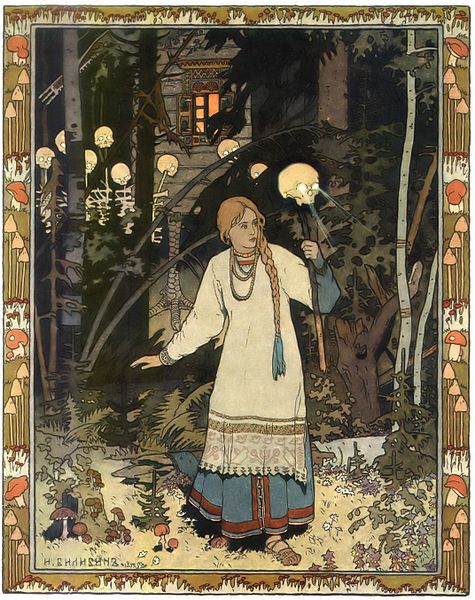

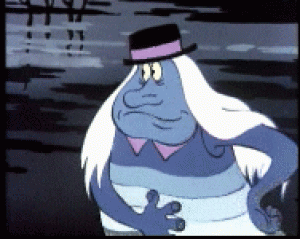
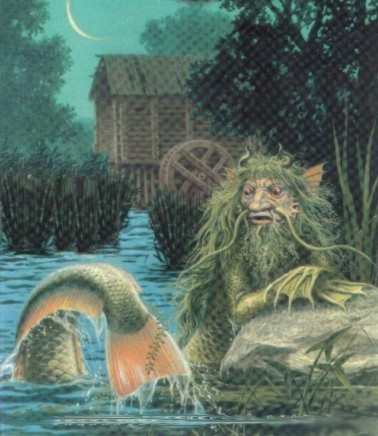

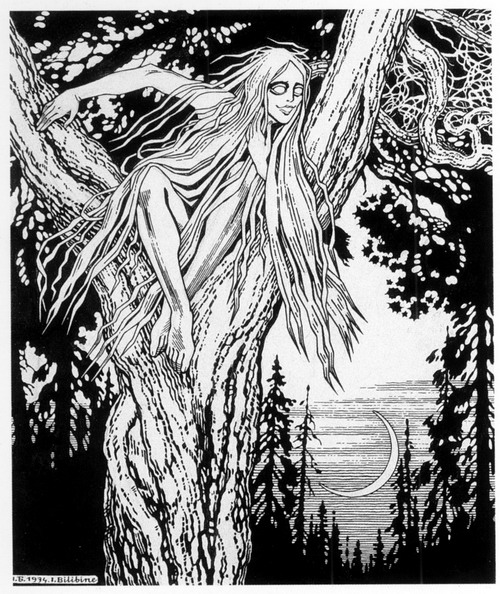
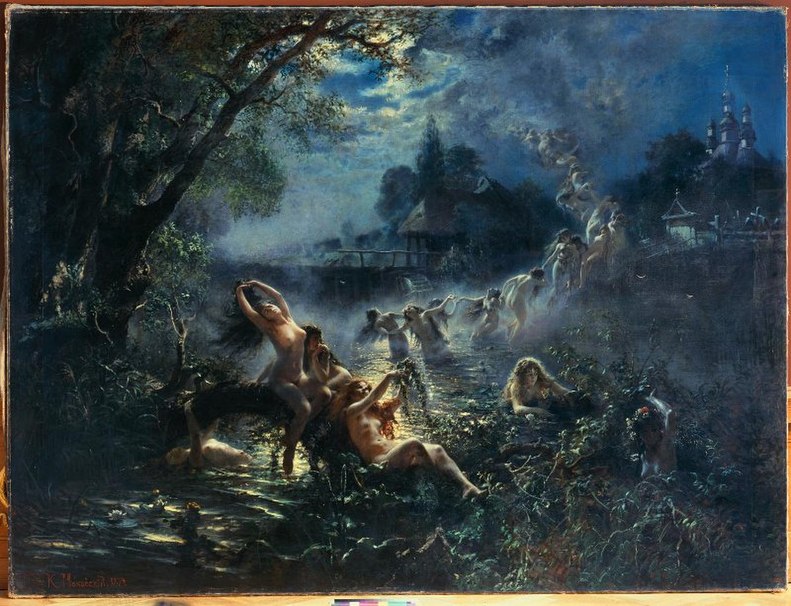





 Reply With Quote
Reply With Quote
